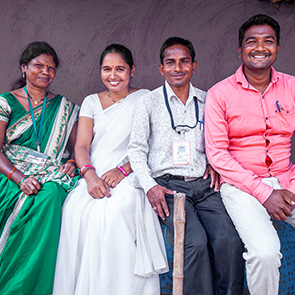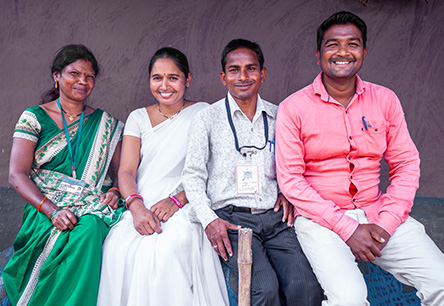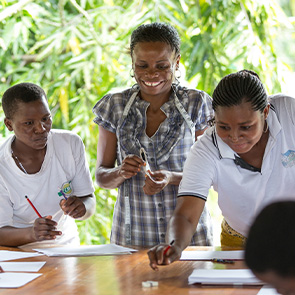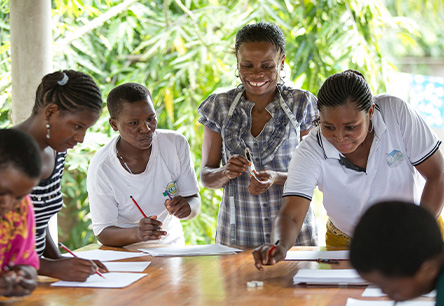Mental illness continues to be one of the greatest unmet needs in healthcare. This was intensified by the COVID-19 pandemic. In addition, protracted conflict and growing social inequities around the world threaten to further exacerbate mental healthcare hardships while challenging the availability of resources to address them.
Nowhere is this truer than for vulnerable communities in several parts of the world; more than 80% of all people with mental disorders live in LMICs,17 and many receive no care at all due to a lack of treatment options, few trained mental health workers and associated stigma, among other reasons.
Levels of public expenditure on mental health are low (global median of 2.1% of government health expenditure) and particularly meager in LMICs.18
Over the last half century, we have developed several innovative treatments for conditions impacting the brain and central nervous system. Building on this legacy, we have expanded access to mental healthcare through innovation, research and programs that empower frontline health workers to better manage mental illness.
Health for Humanity 2025 Goals
View ScorecardProgress in Access to Schizophrenia Treatment
- The CASPAR study assessing the treatment of schizophrenia with paliperidone palmitate LAI in Rwandan healthcare settings achieved 100% patients screened and nearly 50% of patients moved to treatment phase.
- Clinical research trainings for site investigators in Rwanda ongoing.
On track
Improving access to quality mental healthcare in Rwanda
Our five-year collaboration with the Rwanda Ministry of Health, starting in 2017, achieved major progress in creating a framework for quality, accessible mental healthcare in the country, including:
- supporting the training of more than 50,000 community health workers and general practitioner nurses on the signs and symptoms of mental illness, including through a unique, phone-based training program;
- conducting the first National Mental Health Survey in Rwanda, one of the most extensive nationwide surveys completed in sub-Saharan Africa to date, which was published in 2022 in the open access, peer-reviewed BMC Public Health Journal; and
- making available second-generation antipsychotics, including oral risperidone and paliperidone palmitate long-acting injectables (PPLAI) (through our clinical study).
Evaluating treatment in real-world healthcare settings
In 2022, we continued our Clinical Study to Assess the Treatment of Schizophrenia With Paliperidone Palmitate in Rwandan Healthcare Settings (CASPAR), designed to assess the impact of PPLAI in patients with schizophrenia in real-world healthcare settings. By the end of 2022, 100% of patients were screened and nearly 50% of patients moved to the treatment phase. The study also includes clinical research training for the local principal investigators at the five study sites in Rwanda, as well as site visits from the Johnson & Johnson research team. CASPAR represents an important step forward in generating evidence that could inform adoption of PPLAI as a treatment option for schizophrenia.
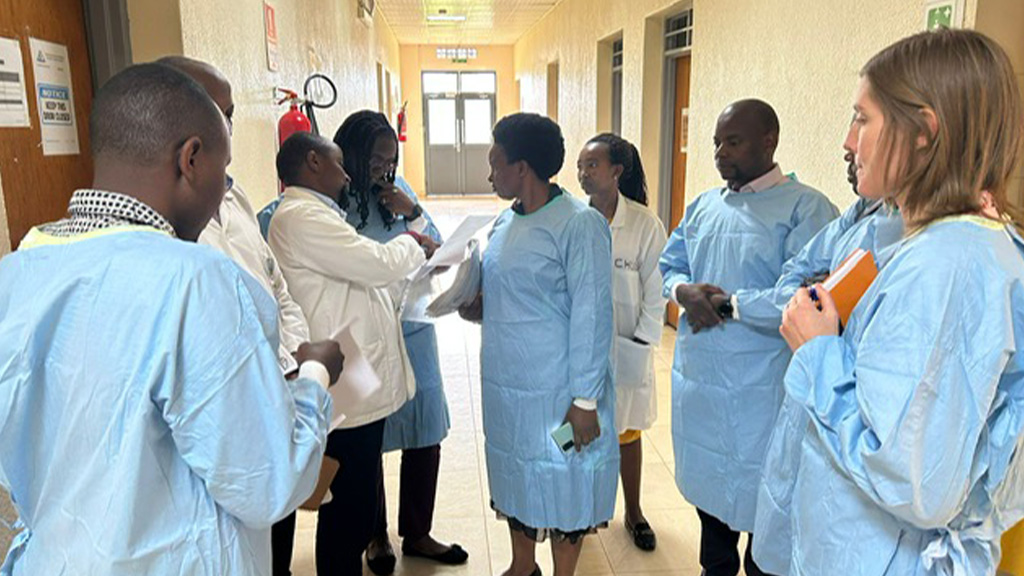
17WHO, “World mental health report: Transforming mental health for all,” https://www.who.int/publications/i/item/9789240049338, accessed February 2023.
18WHO, “Mental Health Atlas 2020,” https://www.who.int/publications/i/item/9789240036703, accessed February 2023.



